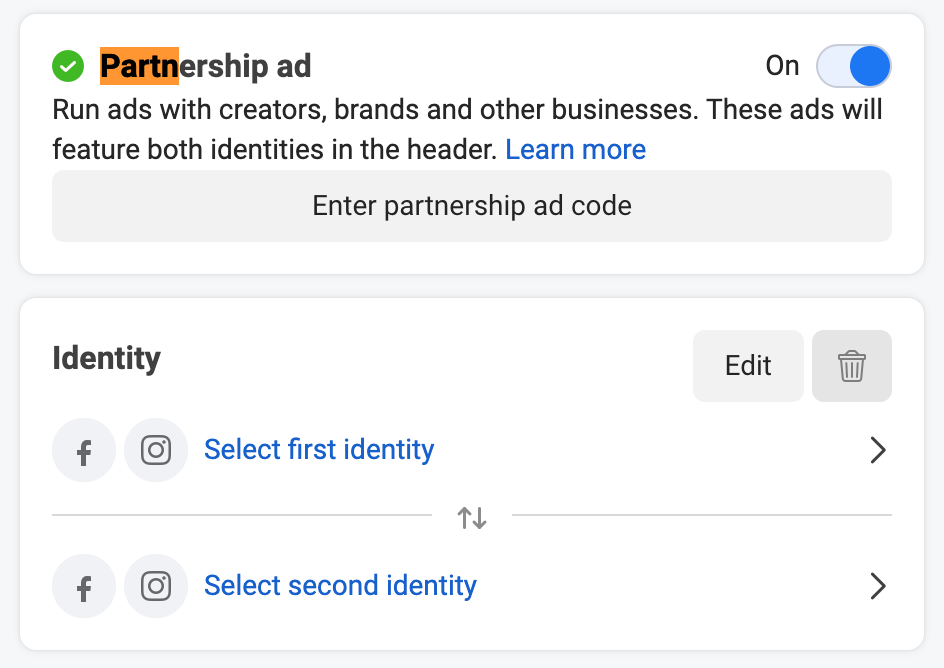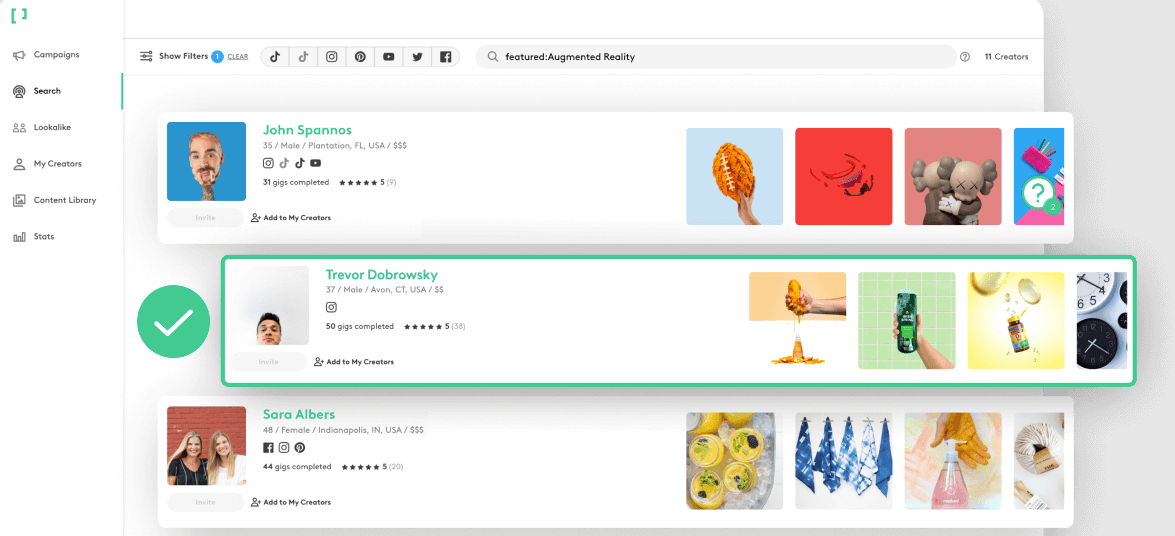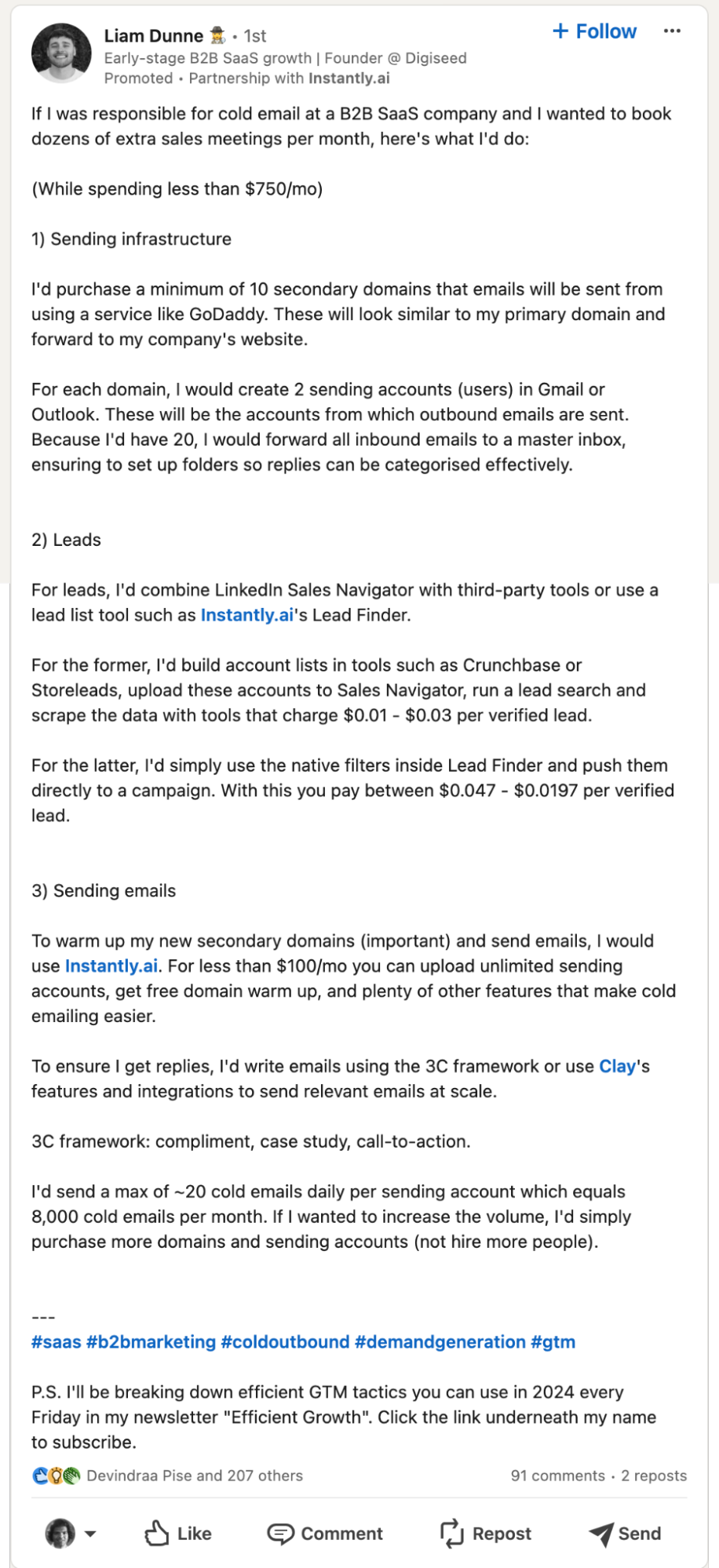Do you trust what you see online nowadays? People don’t trust the media like they used to because of the rise in online scams and fake news. With the rise in misinformation caused by AI, many people are unsure if the content they consume online is trustworthy.
Soon, with the rise of online video generators like Sora, it’s going to be even harder for people to completely believe anything they see online. Brands will need to look for new ways to gain the trust of potential customers quickly.
Increasingly, marketers are finding the best solution is to opt for influencer marketing, working directly with individuals who have already done the hard work of building trust among their followers.
A simple introduction from them to your brand and products can get their followers to trust you immediately. If you continue nurturing this audience just like the influencers do, you too will have your own audience to whom to promote your products.
Problems with relying on influencer marketing
The main difference between ads bought directly from a social platform and methods such as influencer marketing However, there’s one solution you can implement to get significantly more out of influencer marketing with less effort. This is to combine influencer marketing with ads. This is known as “influencer ads.”is the former is less time consuming.
You put a lot of work in the beginning by coming up with the offer, writing copy, creating images, and testing various combinations. By then you will have a system that generates reasonably predictable income. $1 in to get X out.
After that, you can scale it to the moon by making a few tweaks here and there. You might just change the creative occasionally to prevent ad fatigue.
With ‘organic methods’, you need to constantly churn out content. To make the most of them, you should write more text posts, create images and videos, and promote them to generate impressions and engagement. With influencer marketing, there is the additional task of constantly reaching out to fresh, relevant influencers who will create and promote content for you.
There is a way to significantly leverage the influencer link with less effort. That is by combining influencer marketing with ads. This is known as “influencer ads.”
What are Influencer Ads?
Influencer ads are paid ads that brands run via the profiles or pages of influencers. The influencer publishes the post organically on their profile or page, and the brand converts the organic post into an ad to help it reach more people. On Facebook and Instagram, they are known as “Partnership Ads.”

You can also run partner ads on LinkedIn. However, they are known as “Thought Leader Ads” here.
How To Run Influencer Ads
Here’s a step-by-step process for running a successful influencer ads strategy.
1. Identify your influencers and establish a relationship
Before you back an influencer’s post with ad dollars, you need to validate its effectiveness. Start by sponsoring your selected influencer to publish a few organic posts, to see which ones generate the highest impressions, engagements, and of course, sales. Later you can back the ones that generate the most sales with ad spend.
Think of these as you would any other ad campaign. Start with several versions of offers, copy, images, audiences, etc.
Finding relevant influencers and creators to collaborate with at scale, can be challenging. You can use a platform like Popular Pays for this. This service from Lightricks not only helps you find influencers who have access to the exact target audience you want to reach, but it also has collaboration features that help you plan and execute strategies together.

2. Publish posts organically
Having determined who you want to reach, you can find influencers who have access to this audience. After that, have a quick chat with the influencer to confirm their interests, engagement rates, reach, and pricing.
You need to confirm they’d be okay with you turning their organic post into a paid one. Some will ask for an extra fee, but many will do it for free as your ad can help them reach more people.
You will then work together with the creator to craft posts. Try to create different angles and offers. Let’s say you’re an ecommerce brand selling coconut water. One angle could be about how low it is in calories, another about it being tasty, and another about how it is high in nutrients like potassium, sodium, and calcium. Each post should focus on one benefit of using the product.
The influencer then publishes the posts on the different days and times they generate the highest engagement. If your goal is to generate sales, ensure the influencer mentions that their followers can buy the products and how to access the link (especially if this is on a network like Instagram). Give them a special link or discount code so you can track all the sales coming through them.
For an example, check out a recent influencer campaign from Harmless Harvest. Here’s a post where it teamed up with @chloebarnard.
This one focuses more on travel and lightly touches on the product being a flavorful and hydrating drink.
This one places emphasis on it as a healthy drink for hydration.
Here’s another from the same campaign that focuses on hydration, but also mentions that it is organic.
This way you can try out different angles with different influencers or the same ones (or mix it up).
Ads don’t have to always be sales focused. You can also look to educate your audience and retarget them. Instead of asking people to buy your coconut water, share tips on how to store coconut water, how to find the best coconut water brand, and how to make coconut water cocktails.
You can weave your product into these tips and tutorials, a great solution for building awareness.
3. Boost the best performing posts with partnership ads
After you publish the posts, wait for at least a few hours to see which ones perform best. You’re not just thinking about engagement and impressions, you also want to look at CTR and sales.
This is especially important if you want to back it up with further investment. When running ads, the minimum CTR you should be looking for is 0.75%.
Make sure the post generated sales, if your goal with the post was to generate sales. With ads, we normally aim for a minimum of 2.5X ROAS. But with influencer marketing, this number is usually higher. According to Tomoson, brands should expect to see a return of $6.50 for every $1 they spend on influencer marketing. I would turn into an ad any post that brings you a $5+ ROI for every $1 spent.
LinkedIn Thought Leader Ads, produced using outreach tool Instantly.ai, has a strong track record when it comes to influencer ads. Ads such as this promote the product while also being educational.

This thought leader ad saw the company team up with Liam Dunne. You can see he’s promoting Instantly, but at the same time, there’s a lot of useful advice in the post content as well.
Here’s another one where the company worked with Reyhan Khan to share some notes from a webinar his boss, James Blackwell, did with Nils Schneider, the CEO of Instantly. He shared a link to the recording in the comments.

3. Monitor sales
Not all organic offers do well with ads. When people sell organically, it works because they have built a relationship with their audience by regularly nurturing that relationship through content. When they serve up the same content and offer it to a cold audience, it’s more likely to fail.
You should monitor the ads you turn to paid advertisements to see if they generate conversions. If your goal is to build your brand, aim for impressions and engagement. If you want sales, make sure the ad generates at least 2.5X ROAS.
Treat it like any other ad campaign – it might take you months before you find an ad that works consistently. Be prepared to lose money through the early learning phase. Focus on collecting data and feeding it back into the platform with regular tweaks, while releasing more organic content to your influencer network.
4. Scale the influencer ads that generate the highest ROI
Once you find an ad that works, amplify it as you would any other ad campaign of your own.
Ensure that the ads you scale are generating a good ROI and not just ROAS. A positive ROAS is an indication the ad has some potential, but a positive ROI shows that your ads are profitable.
5. Retarget
Not everyone who interacts with your ads or website will buy from you immediately. Run retargeting ads that are served to the same people who viewed or interacted with ads but didn’t buy from you.
Remember those educating partner ads from Instantly? Here, the company retargeting me with traditional ads focused on getting me to their website and buying their product instead of just teaching me how to use their tool to do outreach.

6. Combine influencer marketing with ads
Ads may increase in price over the next few years as organic traffic from Google is expected to decline. One way to counter these rising costs is to combine with influencer marketing. This strategy allows you to reap the benefits of influencer marketing without putting too much time into creating tons of content with influencers.



